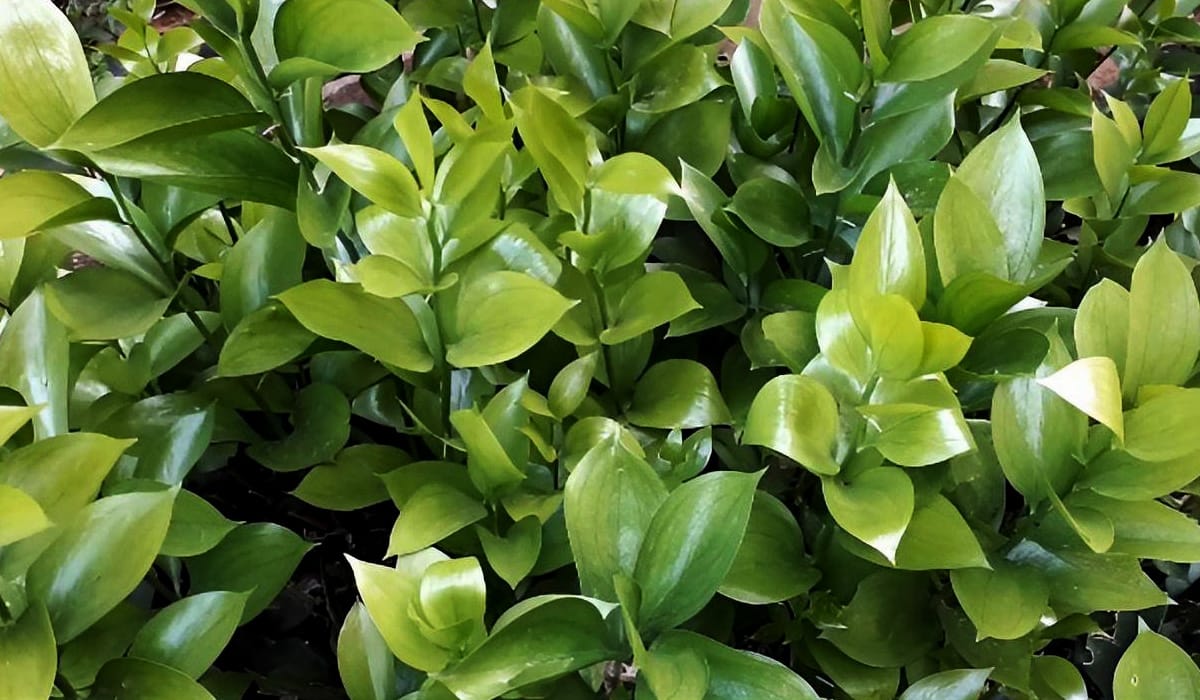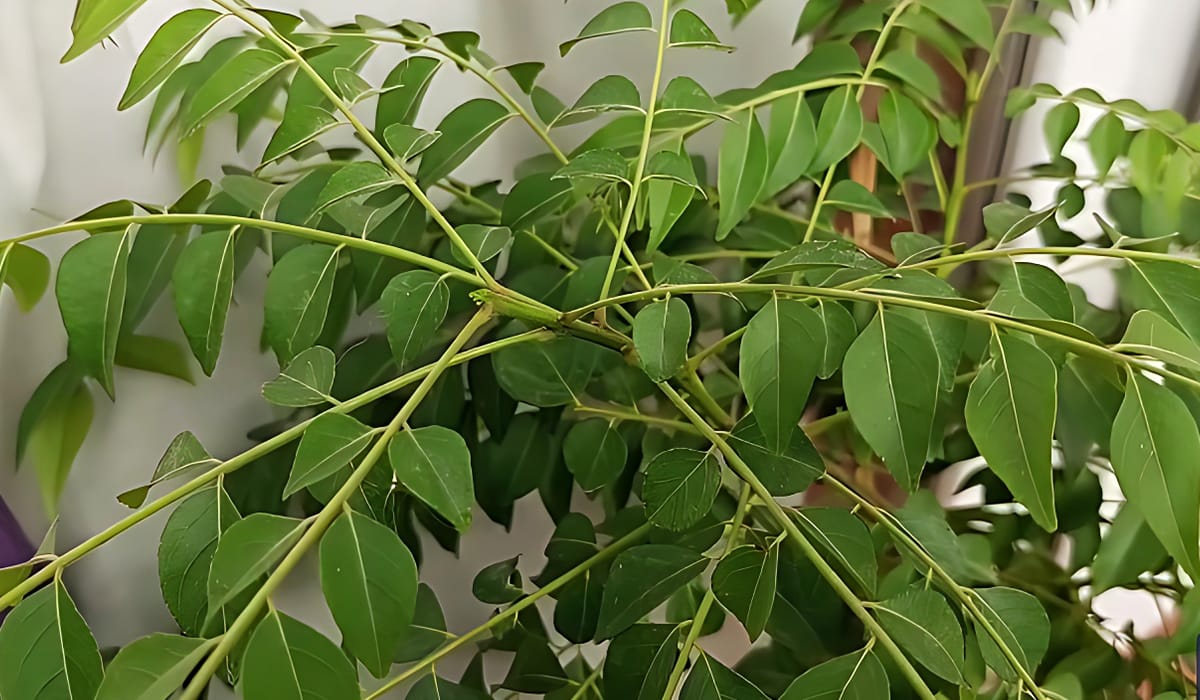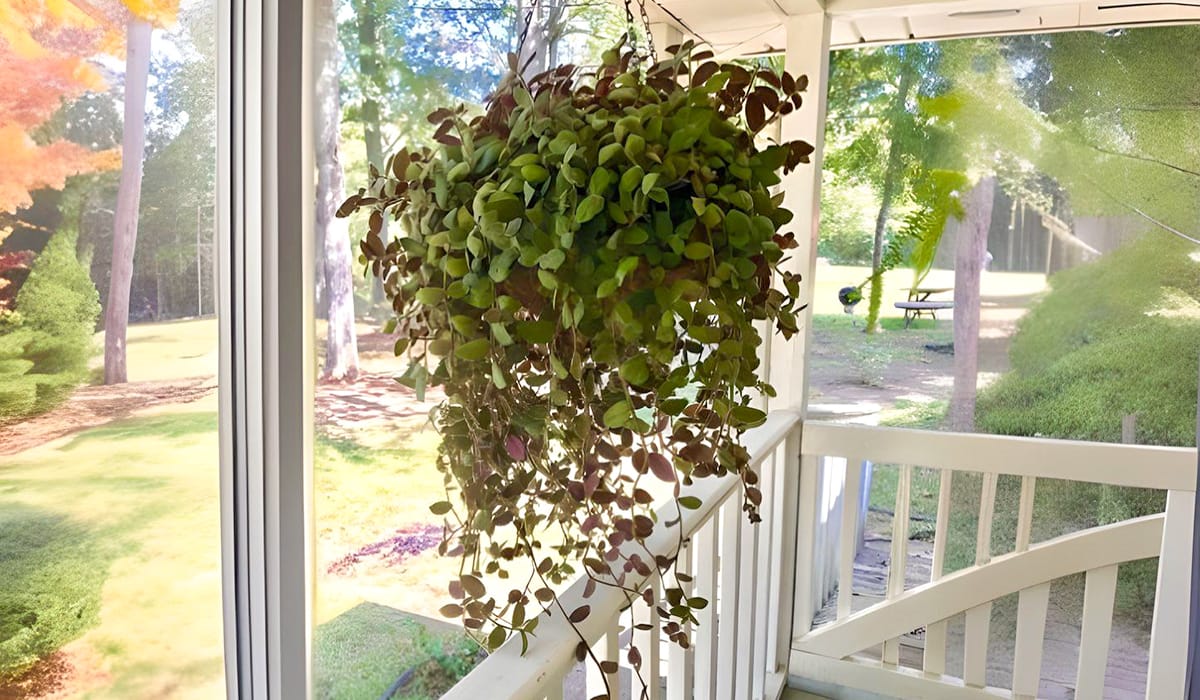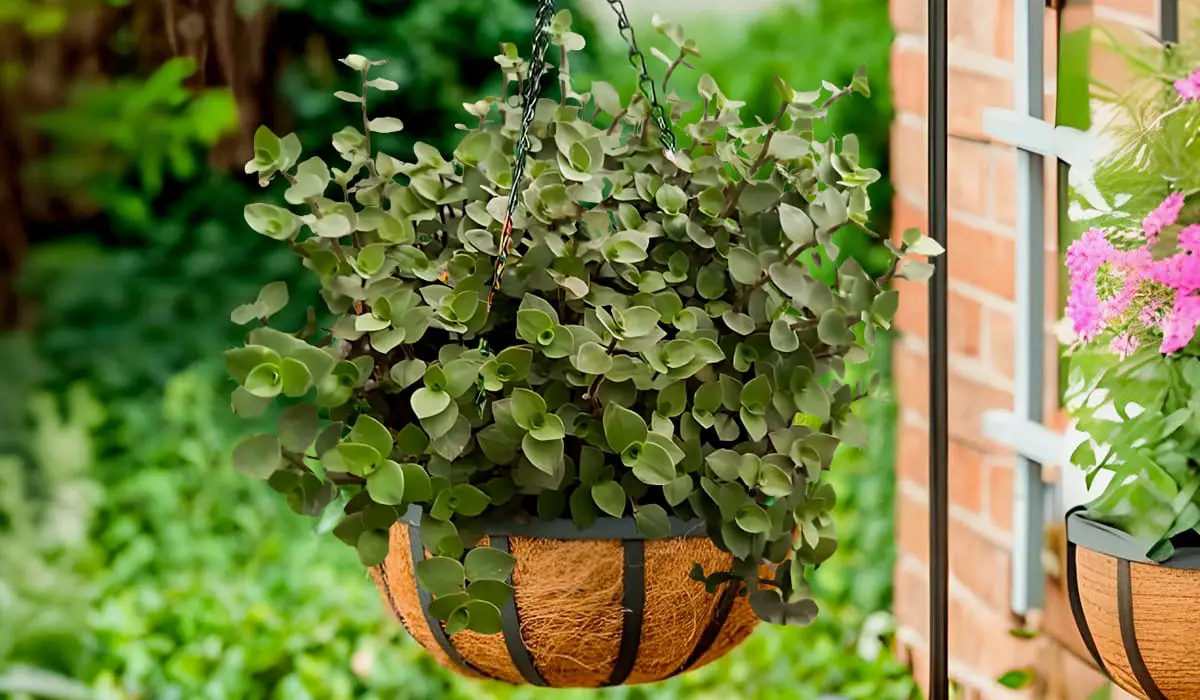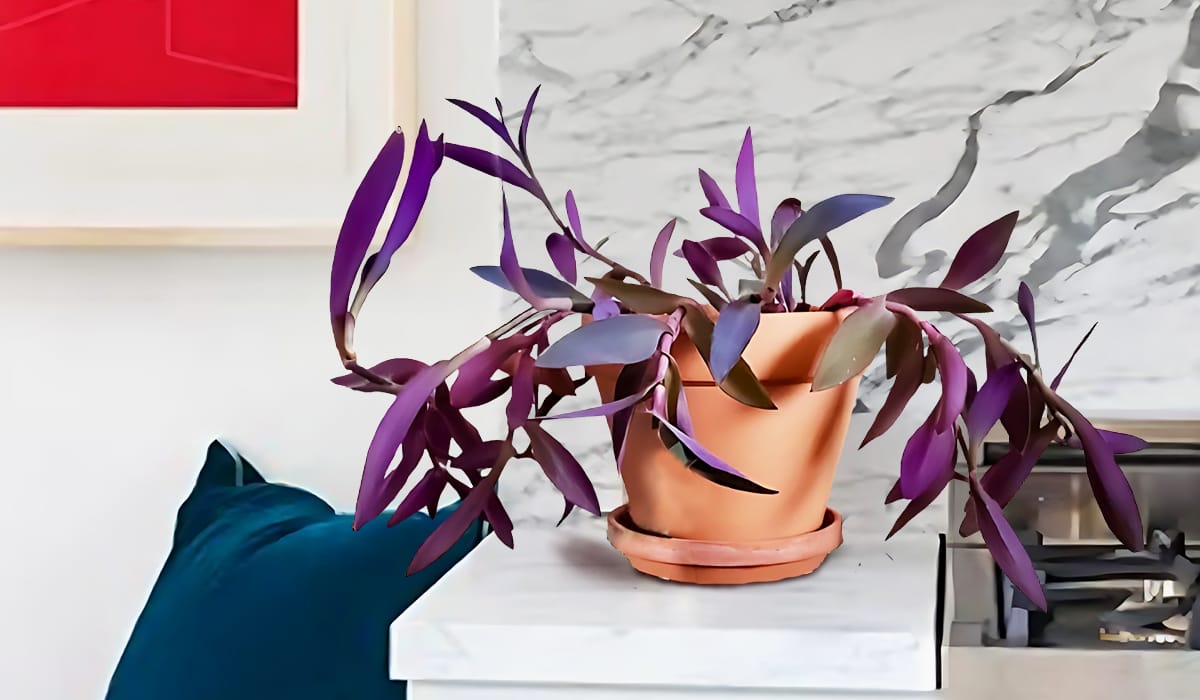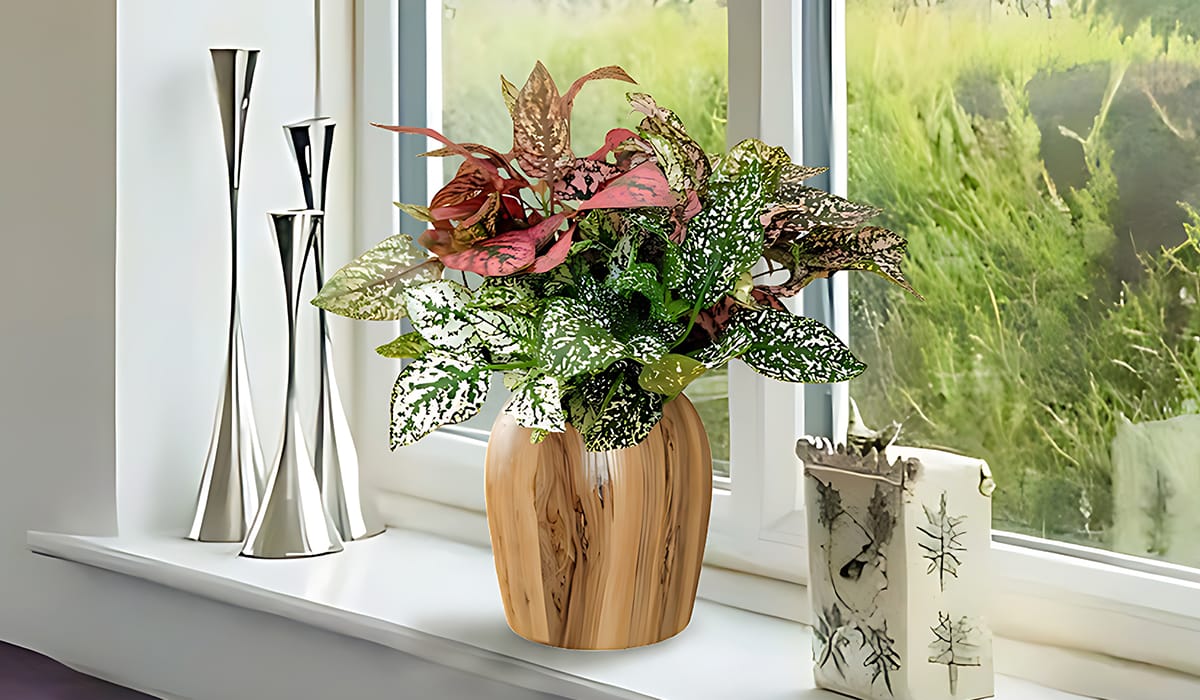In the world of indoor gardening, there's a vast array of house plants to choose from, each with its unique charm and benefits. If you're looking for a versatile, low-maintenance plant that adds a touch of elegance to your living space, the curly spider plant is an excellent choice. In this article, we'll explore the beauty and benefits of the curly spider plant and how it can be the perfect addition to your home decor.

Curly Spider Plant:
The curly spider plant, scientifically known as Chlorophytum comosum 'Bonnie,' is a popular houseplant known for its striking appearance and air-purifying qualities. It is a variation of the common spider plant and is distinguished by its curly, wavy leaves that arch gracefully. These leaves can grow up to 24 inches long, making it an eye-catching addition to any room.
Why Choose the Curly Spider Plant for Your Home?
Air Purification: One of the standout features of the curly spider plant is its ability to purify the air in your home. It is an efficient air purifier, removing toxins like formaldehyde and xylene, and increasing the oxygen levels in your space. This makes it an ideal choice for those looking to improve indoor air quality.
Low Maintenance: For busy individuals or those new to plant care, the curly spider plant is a dream come true. It thrives in indirect sunlight and doesn't require constant attention. Water it moderately, allowing the soil to dry between watering sessions, and it will thrive.
Aesthetic Appeal: The curly, cascading leaves of this plant add a touch of elegance to any room. Its variegated foliage, featuring shades of green and cream, creates a visually pleasing contrast, making it an attractive decor piece.
Adaptability: Curly spider plants are versatile and can be grown in various settings. Whether you want to hang them in a decorative pot, place them on a shelf, or use them as a centerpiece on your dining table, they adapt to different arrangements with ease.
Curly Spider Plant care:
To keep your curly spider plant healthy and vibrant, follow these care tips:
Light: Place your plant in bright, indirect sunlight. Avoid exposing it to direct sunlight, which can scorch its leaves.
Watering: Water the plant moderately, allowing the top inch of the soil to dry out before the next watering. Overwatering can lead to root rot, so be cautious.
Temperature and Humidity: Spider plants prefer average room temperatures between 65°F to 75°F (18°C to 24°C). They also thrive in moderate humidity levels.
Fertilizing: Feed your curly spider plant with a balanced liquid fertilizer every 2-4 weeks during the growing season (spring and summer). Reduce fertilization in the dormant winter months.
Repotting: Repot your plant when it outgrows its container, usually every 2-3 years. This will ensure it has enough room to grow and continue thriving.
wrapping up
In the realm of house plants, the curly spider plant stands out as a beautiful and functional addition to your home. With its air-purifying abilities, low maintenance requirements, and aesthetic appeal, it's an ideal choice for both seasoned plant enthusiasts and beginners. So, if you're looking to breathe fresh life into your living space, consider bringing home a curly spider plant and enjoy the benefits of this charming green companion.
For more detailed information on Spider Plant care,
check out our article: Spider Plants – How To Plant, Grow, And Care Easy In House
Consider expanding your indoor plant collection with other easy-to-care-for plants like the ZZ Plant, Snake Plant, Spider Plants, and Chinese Evergreen Plant. Each of these plants offers its unique charm and benefits.
Thanks for reading this article. if you have any questions must comment and contact our team. don't forget to share this article with your friends.
FAQ
Are Curly Spider Plants Rare?
Why Is My Spider Plant Curly?
Genetic Variation: Some spider plant varieties, like the curly spider plant (Chlorophytum comosum 'Bonnie'), naturally have curly or wavy leaves due to genetic mutations.
Light Conditions: Insufficient light can cause spider plant leaves to become elongated and sometimes curl. Providing your plant with adequate indirect sunlight can help maintain healthier, less curly leaves.
Watering: Overwatering or underwatering your spider plant can stress the plant and result in curled leaves. Ensure you're following a proper watering schedule by allowing the top inch of the soil to dry out between waterings.
Temperature and Humidity: Extreme temperature fluctuations or very low humidity levels can stress the plant, leading to curly leaves. Maintaining a stable environment with moderate humidity can help prevent this.
Pot Size: If your spider plant has outgrown its pot, it may become stressed, and the leaves could curl as a response. Consider repotting it into a larger container when needed.

